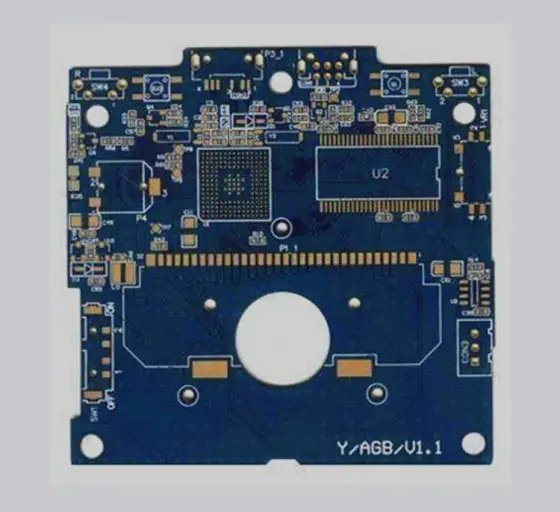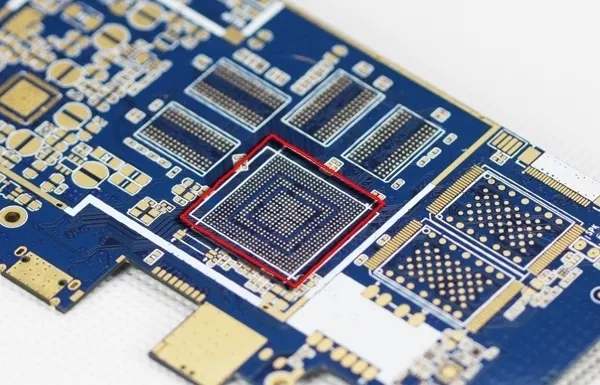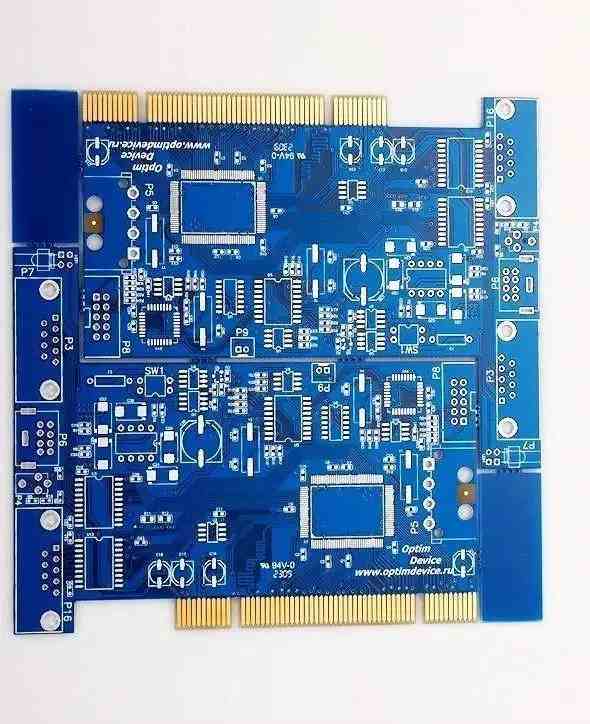
On line Modular System Level Electronic Design for PCB Design
If you are familiar with the electronic design automation (EDA) industry, you will find many similarities. Since the 1980s, these important software platforms have been the mainstay of electronic development. Although there are many differences between different products and different degrees of integration, these platforms always seem profound to anyone who is not a professional electronic engineer.
There are some alternatives to the standard group of EDA procedures. Browser based design programs began to proliferate with the Internet, although they focused on PCB design rather than overall system design. The system design tools on the market have little effect on automating the most time-consuming PCB design part required to ensure power and signal integrity. Similarly, PCB design tools that can automate these important design aspects are too elaborate; They automate the small parts of the circuit board design, rather than the connection between different functional blocks in the automation system.
As more and more traditional companies transform into technology companies, consultants and engineers at all levels need tools that can find the right balance between system level design and PCB design. When these tools can be accessed in an online environment, designers have the functions needed to create cutting-edge systems without getting stuck at the PCB level.
System level design and board level design
What is the difference between system level design and board level design? The difference may not be so obvious. Most electronic designers work at the integrated circuit (IC) and PCB levels. IC designers focus on integrating discrete circuits into a single chip, which can be installed on a PCB as part of the entire system. PCB designers stay at the board level, focusing on connecting passive components and ICs to function blocks that are part of the device, or they focus on the entire device itself.

The system level design is somewhat ambiguous. PCB designers can work like system designers, but not all system designers are PCB designers. System level designers focus on connecting multiple electronic function blocks, even multiple circuit boards and various other components into a complete product. The idea is to focus on how different parts of the system exchange data, receive power and connect to other devices through standardized communication protocols.
With newer products that require more embedded computing capabilities (such as the Internet of Things and intelligent devices), many hardware engineers begin to live a dual life as software engineers. This requires code development on standard COM to control data processing and exchange throughout the device. This is a special aspect of system level design and usually belongs to embedded software engineers. However, designers who are not professional embedded system engineers can speed up their design process when they can use the correct design tools, rather than being multilingual.
Software development has been modularized for many years, and hardware design has finally caught up
Enter modular electronic design
In terms of system design, emerging engineers need tools that help accelerate product development in a modular manner. For system designers, there is still a lack of tools for online development of electronic design that can be used for production. This is where modular design tools are critical to system designers. All these challenges can be overcome through the right design software, which accelerates important board level and system level design through a modular process.
Most legacy system design platforms only provide abstract system level views, but do not provide specific views of the appearance of each part of the system on the finished PCB. Similarly, PCB design software is very suitable for board level circuit design and layout, that is, to design a single module, but they cannot enable designers to quickly link multiple modules together using standard protocols.
Modular system design finds a balance between board level and abstract system level. This means that your modular design can be application independent; Their performance is limited only by module functions, but modules can be easily arranged to adapt to various applications.
Modular software is very suitable for automatic design and implementation of board level connection between different functional blocks in the system. The circuit board omits all parts of PCB design to focus the user's attention on the system level rather than the circuit board level. In this type of software interface, system level designers need not worry about establishing connections between different modules in a system such as a single board computer. These connections between different modules have been defined at the hardware level, allowing system designers to focus on the functions of new products rather than specific parts of PCB layout.
What makes excellent modular online electronic design software?
Modular system level design speeds up many complex aspects of circuit board design, enabling designers to focus on connecting modules together to produce the required functionality. The best modular online electronic design software shall include the following functions:
An extensive library of standard embedded computing and connection modules for interfacing with various components within a single board and between multiple boards
The available COM used in these modules controls data processing and exchange throughout the system
The rule checking function immediately identifies open connection and gap violations
This type of interface combines the best features of first-class EDA software in a browser based interface for system level design. Standard modules can be easily connected to a complete system, just as you can handle passive components and ICs in PCB design software.
By placing these features in a browser based platform, designers can work on their projects from anywhere without having to purchase a license for desktop applications. This also provides cloud backup and sharing capabilities that are not available in all desktop applications. The list of possible applications of such design software is very broad and is limited only by the functions of each module in the system.
Ideal interface for online modular electronic design
Using the online electronic design tools in Upverter (formerly called Geppetto), you can quickly create cutting-edge, fully functional modular hardware systems in the browser based design interface. You will have access to industry standard COM and modules running on popular hardware platforms, making your design ready for production and applicable to almost all applications. The circuit board assembly and circuit board processing manufacturers explain the online modular system level electronic design of circuit board design.









